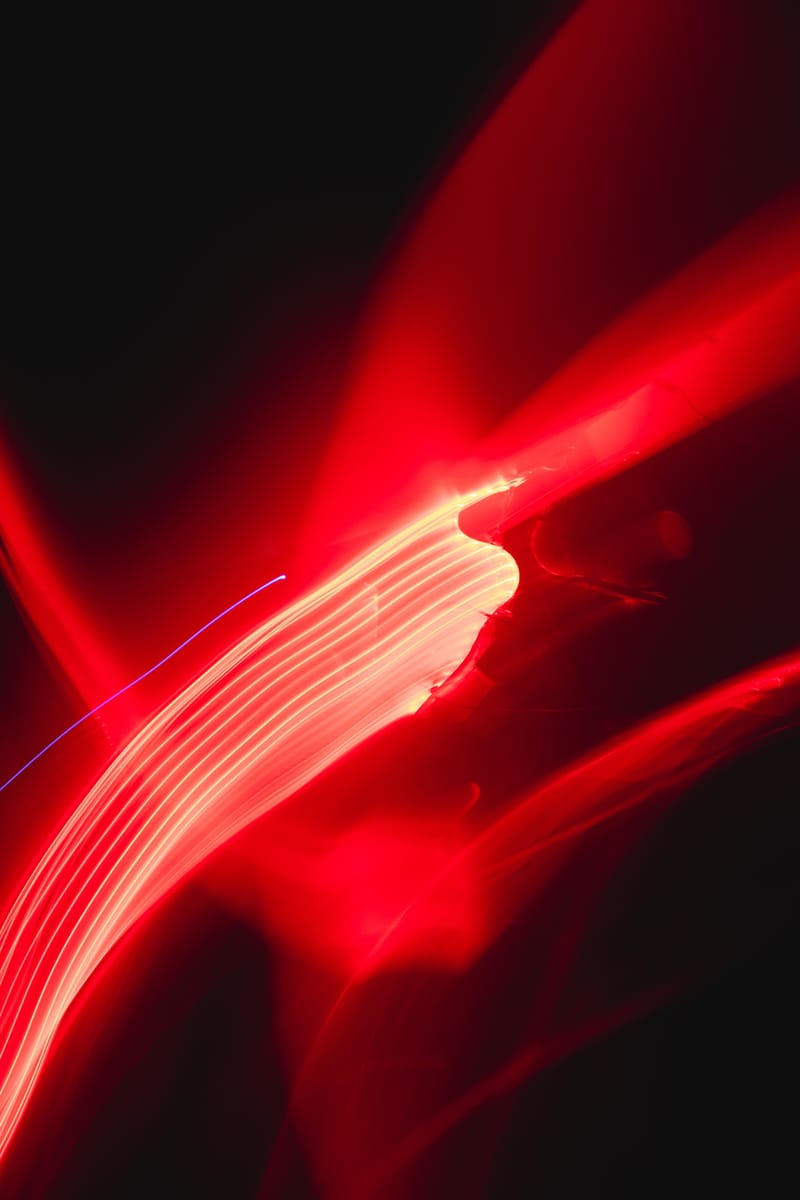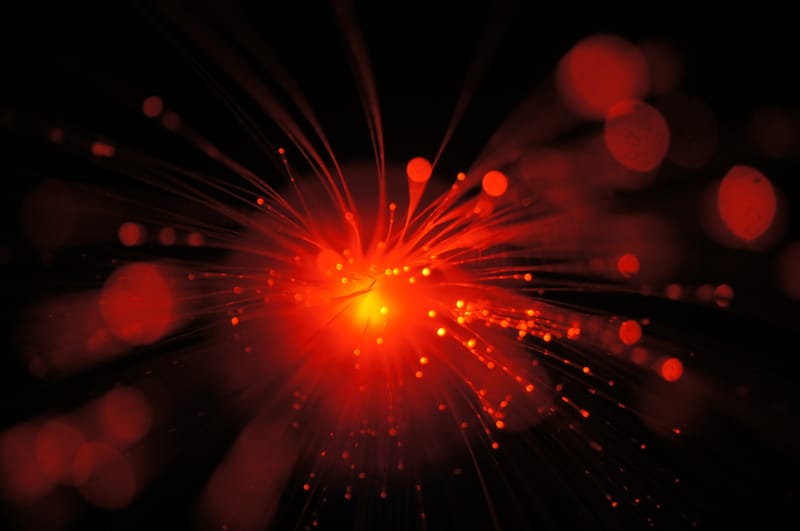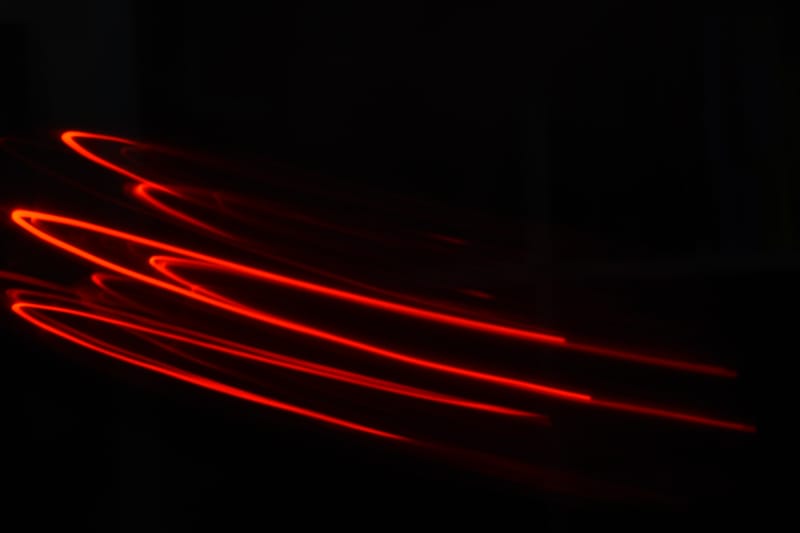Clinical studies

How the Aging Brain Affects Thinking
The brain controls many aspects of thinking — remembering, planning and organizing, making decisions, and much more. These cognitive abilities affect how well we do everyday tasks and whether we can live independently.
Learn More
“Detoxes” and “Cleanses”: What You Need To Know
A variety of “detoxification” diets, regimens, and therapies—sometimes called “detoxes” or “cleanses”—have been suggested as ways to remove toxins from your body, lose weight, or promote health.
Learn More
Low-level laser (light) therapy (LLLT) in skin: stimulating, healing, restoring
Low-level laser (light) therapy (LLLT) is a fast-growing technology used to treat a multitude of conditions that require stimulation of healing, relief of pain and inflammation, and restoration of function. Although the skin is the organ that is naturally exposed to light more than any other organ, it still responds well to red and near-infrared wavelengths.
Learn More
Management of stretch marks (with a focus on striae rubrae)
Stretch marks are one of the most common benign cutaneous lesions and encountered esthetic problems. Striae rubrae and striae albae can be differentiated on the basis of clinical appearance. Histologically, disturbances of the dermal fiber network and local expression of receptors for sexual steroids have been detected
Learn More
A Controlled Trial to Determine the Efficacy of Red and Near-Infrared Light Treatment in Patient Satisfaction, Reduction of Fine Lines, Wrinkles, Skin Roughness, and Intradermal Collagen Density Increase
The purpose of this study was to investigate the safety and efficacy of two novel light sources for large area and full body application, providing polychromatic, non-thermal photobiomodulation (PBM) for improving skin feeling and appearance.
Learn MoreEfficacy of Red and Near-Infrared Light Treatment in Patient Satisfaction, Reduction of Fine Lines, Wrinkles, Skin Roughness, and Intradermal Collagen Density Increase
By Alexander Wunschcorresponding and Karsten Matuschka From: Photomedicine and Laser Surgery
Learn More9 Clinical Studies that Demonstrate the Anti-aging Benefits of Infrared Light Therapy.
By INB Medical From: INB Medical
Learn MoreManagement of stretch marks (with a focus on striae rubrae)
By Uwe Wollina, MD and Alberto Goldman From: Journal of Cutaneous and Aesthetic Surgery
Learn MoreDark spots and hyperpigmentation
By Jeong Mo Kim1, Nan-Hyung Kim, Yu Shun Tian and Ai-Young Lee From: Dongguk University Research Institute of Biotechnology Medical Science Research Center, and Department of Dermatology, Dongguk University Ilsan Hospital, Gyeonggi-do, South Korea
Learn MoreProphylactic low-level light therapy for the treatment of hypertrophic scars and keloids: a case series
By Daniel Barolet, Annie Boucher From: Lasers Surg Med
Learn MoreLoose skin skin tightening healing and restoring
By Pinar Avci, MD. Asheesh Gupta, PhD. Magesh Sadasivam, MTech. Daniela Vecchio, PhD.Zeev Pam, MD. Nadav Pam, MD. and Michael R Hamblin, PhD1. From: Semin Cutan Med Surg.
Learn MoreEffects of low-power light therapy on wound healing: LASER x LED
By Maria Emília de Abreu Chaves, Angélica Rodrigues de Araújo, André Costa Cruz Piancastelli, and Marcos Pinotti1 From: Anais Brasileiros de Dermatologia
Learn MoreClinical Efficacy of Self-applied Blue Light Therapy for Mild-to-Moderate Facial Acne
By Michael H Gold, MD,corresponding authora Anneke Andriessen, Julie Biron, and Hinke Andriessenb From: The Journal of Clinical and Aesthetic Dermatology
Learn MoreA 635-nm light-emitting diode (LED) therapy inhibits bone resorptive osteoclast formation by regulating the actin cytoskeleton (Osteoporosis)
By Hyun-Ju Lim , Man-Seok Bang, Hye-Min Jung, Jang-In Shin, Gae-Sig Chun, Chung-Hun Oh From: Lasers Med Science
Learn MoreEffects of Laser Therapy on Rheumatoid Arthritis
By Chia, Wen-Chun MD; Chang, Ching-Hsiang MD; Hou, Wen-Hsuan MD, PhD, MPH From: American Journal of Physical Medicine & Rehabilitation
Learn MoreClinical Studies of Red Light Therapy on Arthritis
By Michael R Hamblin From: Triumph Hand Therapy
Learn MoreImprovement of pain and disability in elderly patients with degenerative osteoarthritis of the knee treated with narrow-band light therapy (Joint Pain)
By J Stelian , I Gil, B Habot, M Rosenthal, I Abramovici, N Kutok, A Khahil From: NIH National Library of Medicine
Learn MoreLaser Light Therapy in Inflammatory, Musculoskeletal, and Autoimmune Disease
By Victoria A. Wickenheisser, Emilia Marta Zywot, Emily Mary Rabjohns, Hyun Ho Lee, David S. Lawrence, and Teresa Kathleen Tarrant From: PMC and Research Funder Policies
Learn MoreGreen light therapy shown to reduce migraine frequency, intensity
By University of Arizona Health Sciences From: University of Arizona Health Sciences
Learn MoreLow-Level Laser Therapy for Fibromyalgia
By Shu-Wei Yeh , Chien-Hsiung Hong, Ming-Chieh Shih, Ka-Wai Tam, Yao-Hsien Huang, Yi-Chun Kuan. From: NIH National Library of Medicine
Learn MoreLow Level Laser Therapy for shoulder tendinitis and impingement
By Kelle B, Kozanoglu E. Clin From: DJOGlobal
Learn MoreEfficacy of the LED Red Light Therapy in the Treatment of Temporomandibular Disorders
By Ahmed Fadhel Al-Quisi From: Pain Research and Treatment
Learn MoreNear-Infrared Light Therapy Shines as Possible Depression Treatment
By Massachusetts General Hospital's Mind, Mood, & Memory (MMM) From: UNIVERSITY HEALTH NEWS
Learn MoreKilling Cancer Cells with the Help of Infrared Light – Photoimmunotherapy
Learn MoreManagement of stretch marks (with a focus on striae rubrae)
Stretch marks are one of the most common benign cutaneous lesions and encountered esthetic problems. Striae rubrae and striae albae can be differentiated on the basis of clinical appearance. Histologically, disturbances of the dermal fiber network and local expression of receptors for sexual steroids have been detected. The epidermal changes are secondary. Prevention of stretch marks using topical ointments and oils is debatable. Treatment of striae rubrae by lasers and light devices improves appearance. Microneedling and non-ablative and fractionated lasers have been used. This review provides an overview on current treatment options with a special focus on laser treatments.
Learn More9 Clinical Studies that Demonstrate the Anti-aging Benefits of Infrared Light Therapy.
Light-emitting diode (LED) therapy is an increasingly popular methodology for the treatment of sun damage. Combination use of light wavelengths reported to stimulate collagen synthesis and accelerate fibroblast-myofibroblast transformation may display a composite rejuvenative effect.
Learn MoreDiabetes Diet, Eating, & Physical Activity
Nutrition and physical activity are important parts of a healthy lifestyle when you have diabetes. Along with other benefits, following a healthy meal plan and being active can help you keep your blood glucose level, also called blood sugar, in your target range. To manage your blood glucose, you need to balance what you eat and drink with physical activity and diabetes medicine, if you take any. What you choose to eat, how much you eat, and when you eat are all important in keeping your blood glucose level in the range that your health care team recommends.
Learn MoreAt a glance: Diabetic Retinopathy
Diabetic retinopathy is an eye condition that can cause vision loss and blindness in people who have diabetes. It affects blood vessels in the retina (the light-sensitive layer of tissue in the back of your eye).
Learn MoreGood Sleep for Good Health
Sometimes, the pace of modern life barely gives you time to stop and rest. It can make getting a good night’s sleep on a regular basis seem like a dream.
Learn More